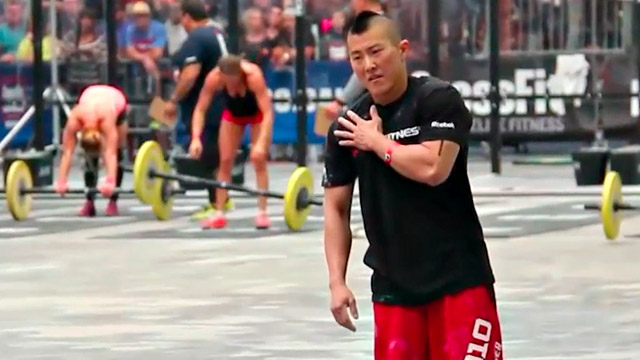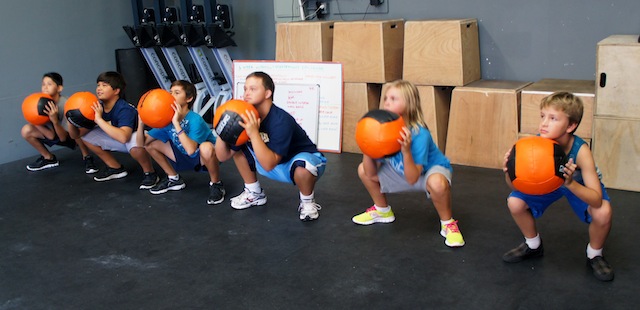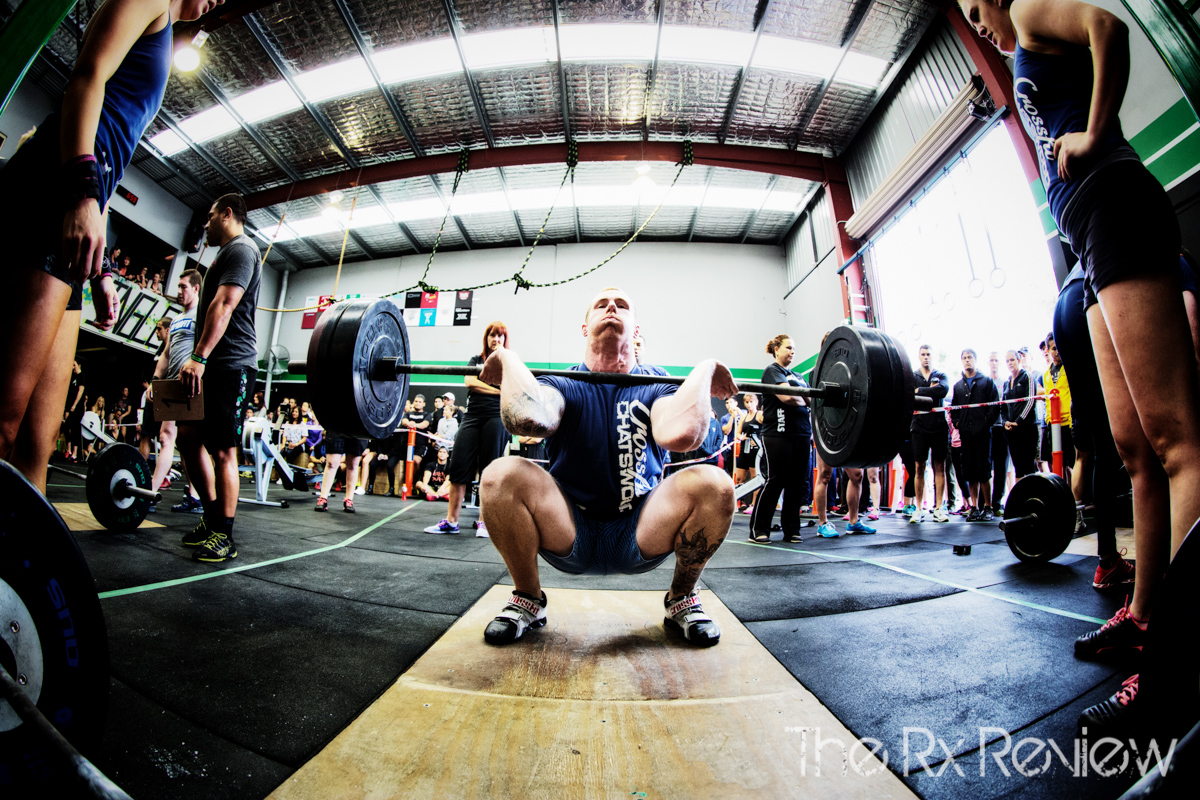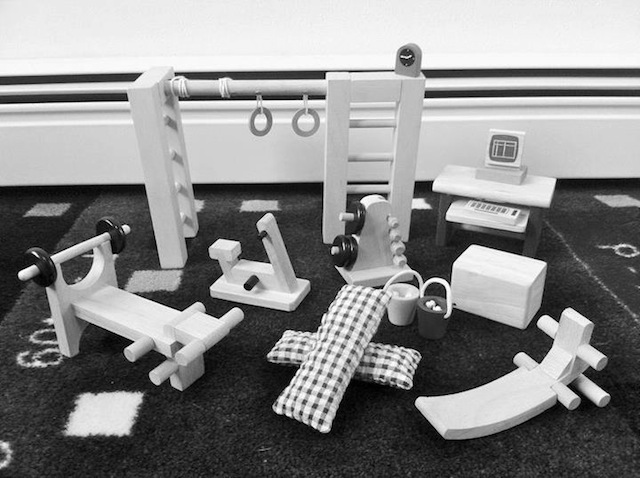
Over the past decade, CrossFit has become an extremely popular fitness program, combining weightlifting, gymnastics, and high-intensity cardio into a varied workout regimen. However, along with the program’s rapidly growing popularity comes increased risk of injury if proper precautions are not taken.
While CrossFit workouts are designed to push participants to their limits, it is crucial to keep safety top of mind. This article provides an overview of common CrossFit injuries and tips athletes can follow to avoid injuring themselves during these intense workouts.
With the popularity of CrossFit continuing to surge, it is more important than ever for athletes to be informed about how to safely participate in this challenging fitness program. The following sections will cover the types of injuries that occur frequently during CrossFit training and provide recommendations for how to scale workouts appropriately, use proper technique, and take other preventative measures.
By approaching CrossFit smartly and with injury prevention in mind, you can continue to reap the benefits of this powerful workout program while keeping your body safe and healthy.
Common CrossFit Injuries
Due to the high-intensity, full-body nature of most CrossFit workouts, athletes are at risk of various overuse injuries if proper precautions are not taken. Some of the most common injuries associated with CrossFit training include:
- Muscle strains and tears, especially in the shoulders, lower back, and legs. Performing repetitive Olympic weightlifting or gymnastics movements with improper form can lead to overworked muscles.
- Tendonitis in the knees, elbows, and shoulders from overuse on certain joints during exercises like squats, pull-ups, and dips.
- Stress fractures in the spine, femur, ankles, and feet from repeated impact.
- Dislocated shoulders due to kipping pull-ups and overhead lifts with poor form or muscle imbalances.
- Lumbar spine injuries like herniated discs from lifting heavy weights incorrectly.
While most CrossFit injuries are not immediately life-threatening, it is important for coaches and athletes to train in Basic Life Support and first aid. Knowing how to quickly recognize and respond to concussions, spine injuries, heat exhaustion, and other medical emergencies can help minimize long-term damage before professional medical care arrives. Proper safety precautions are key to keeping workouts both effective and enjoyable.
Tips for Avoiding CrossFit Injuries
There are several steps CrossFit athletes can take to minimize their risk of injury during training:
Start Slow and Ramp Up Gradually
When first beginning CrossFit, many people are eager to jump right into the advanced workouts they see others doing. However, it is important to start slow with beginner movements and lighter weights in order to safely build strength and endurance. Trying to do too much too soon is a recipe for strained muscles and tendons. Build up slowly over time.
Use Proper Technique
Many Common CrossFit injuries are caused by improper exercise technique, whether that’s rounding your back during deadlifts or sacrificing form for speed. Always focus on quality of movement over quantity. Scale weights and reps appropriately so you can maintain proper alignment and positioning throughout each exercise.
Warm Up Before Workouts
It’s critical to warm up your muscles before taking on high-intensity movements like Olympic lifts. Spend at least 10 minutes thoroughly stretching and activating all the major muscle groups you’ll be using during your workout. This helps prevent strains and tears.
Maintain Body Awareness
Pay close attention to any pain signals or muscle fatigue during your workouts. It’s better to stop or slow down an exercise than push through pain and risk serious injury. Listen to your body.
Resistance Training – Preventing Injury
In addition to high-intensity cardio and gymnastics movements, CrossFit workouts heavily emphasize resistance training through weightlifting. While strength training is an important component of fitness, it can also lead to preventable injuries if not performed thoughtfully.
Use Proper Form and Technique
Lifting too much weight with poor form is one of the fastest ways to get injured during CrossFit training. Always focus on controlled movements with full range of motion rather than rushing to lift as much weight as possible. Keeping proper alignment in the shoulders, core, and joints during exercises like squats, deadlifts, and presses can prevent muscle strains and disc injuries.
Start Light and Build Up Gradually
When learning a new lift, start with lighter weights or even just the bar until you can safely perform the technique. Progress slowly over time to avoid overexerting muscles before they are ready. Be conservative when adding more weight to the bar.
Warm Up Thoroughly
Take time to warm up the muscles you’ll be using during strength training. This helps prevent strains and tears that can occur when lifting cold muscles. Dynamic warm ups that mimic workout movements are ideal.
Safety Tips for CrossFit Workouts
In addition to injury prevention tips for specific training aspects like resistance and cardio, there are also overall workout guidelines that can help keep CrossFit athletes safe:
Use Proper Gear
Wear shoes designed for CrossFit-style workouts, like cross trainers for adequate support during lifting, running, and lateral movements. Weightlifting gloves can help improve grip on pull-ups, kettlebells, and bars. Belts can provide core support during heavy lifts.
Maintain Correct Positioning
Many exercises like squats, deadlifts, and presses require keeping the core and spine in a neutral, aligned position. Cue yourself to avoid rounding the back or shoulders. Maintaining proper body positioning reduces strain.
Control Weights
Lifting and dropping weights hastily can lead to injuries like fractures and damaged equipment. Lower weights carefully with control. Don’t rely on momentum for the last reps of a lift. Gently return weights to the floor after completing sets.
Workout in a Safe Environment
Ensure gym floors are clear of obstacles and equipment is in good condition. Having competent spotters nearby is encouraged when lifting heavy. Stay hydrated and rest when needed.
Conclusion
While CrossFit offers an incredibly effective full-body workout, athletes must take proper precautions to avoid preventable injuries. By using appropriate technique, warming up adequately, listening to your body, taking rest days, and implementing other smart safety practices, you can continue enjoying the benefits of CrossFit training for years to come.
The motivation to push yourself during workout routines is admirable, but should never come at the expense of proper form and function.
Though injury risks can never be eliminated entirely in such an intense fitness program, being informed about common CrossFit injuries and how to prevent them will allow you to minimize dangers.
Implementing the tips provided in this article will help ensure your CrossFit experience is challenging, rewarding, and most importantly, safe. With the proper precautions taken, you can push your limits and reach your fitness goals injury-free

















Follow Us